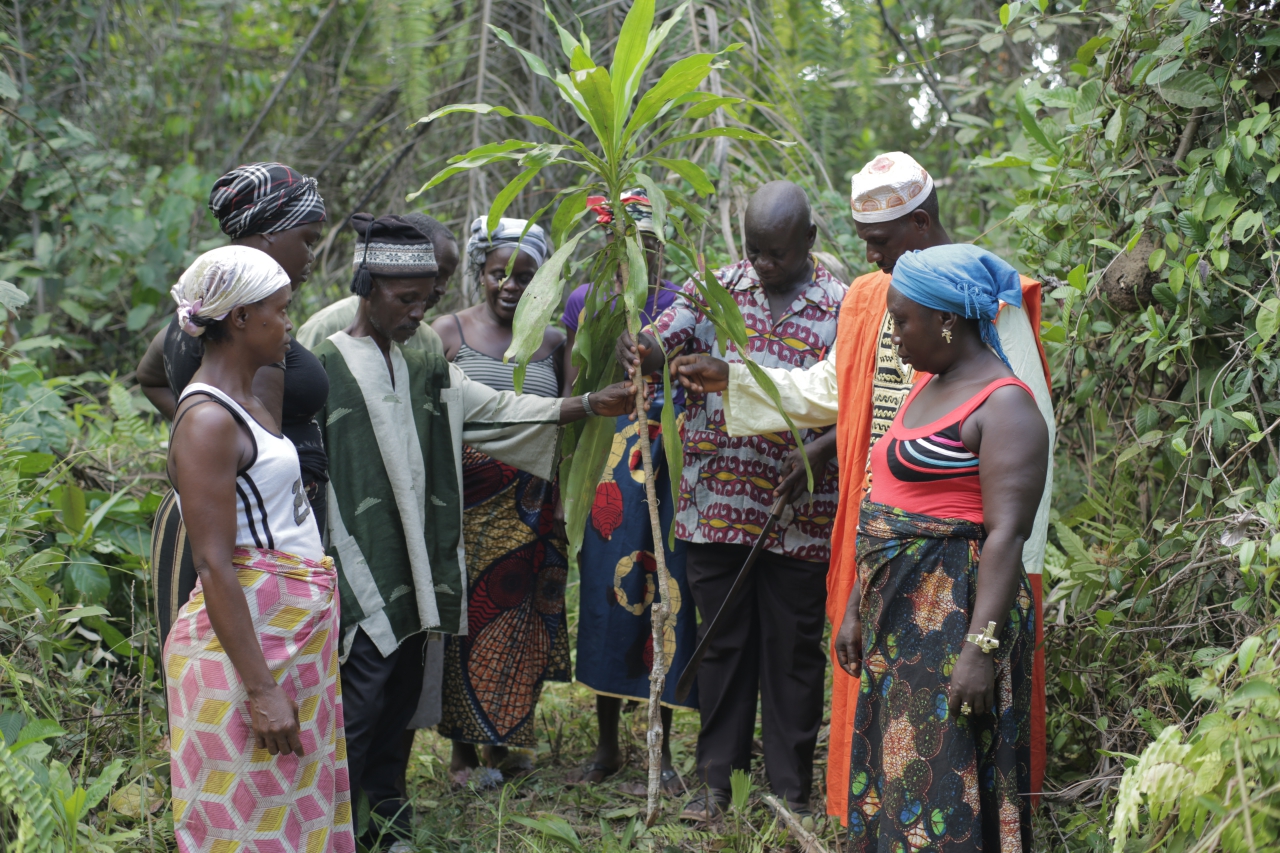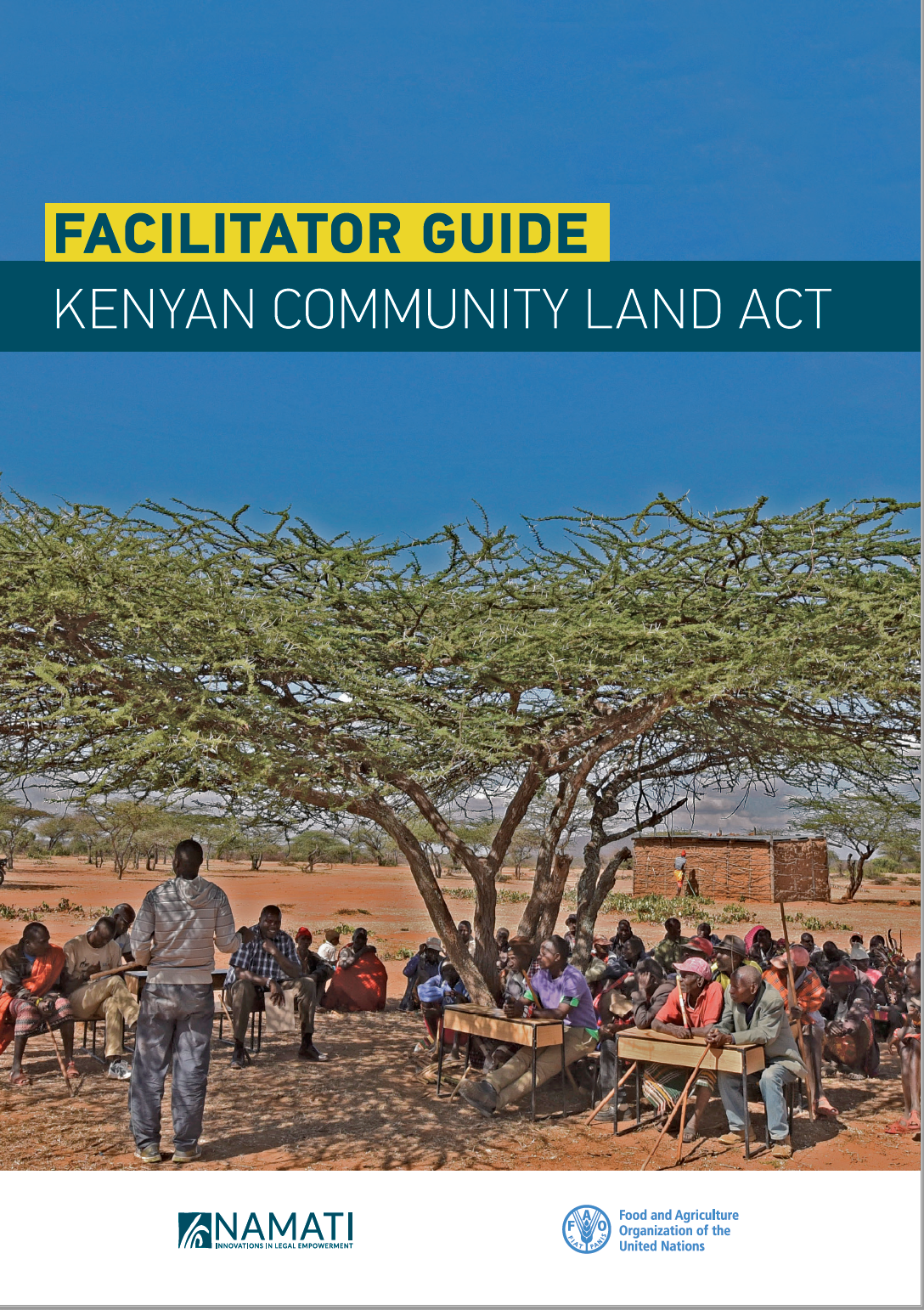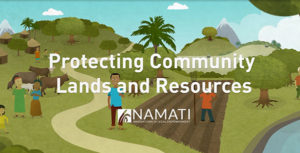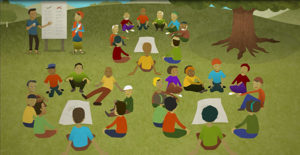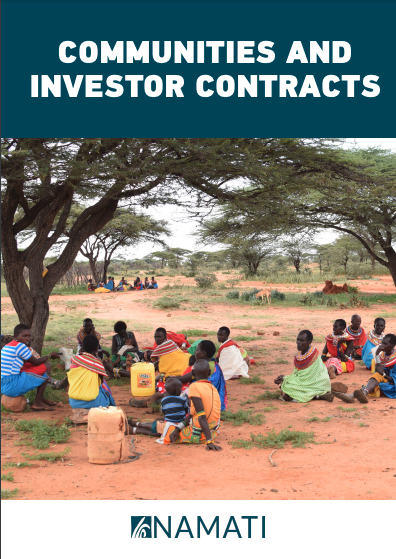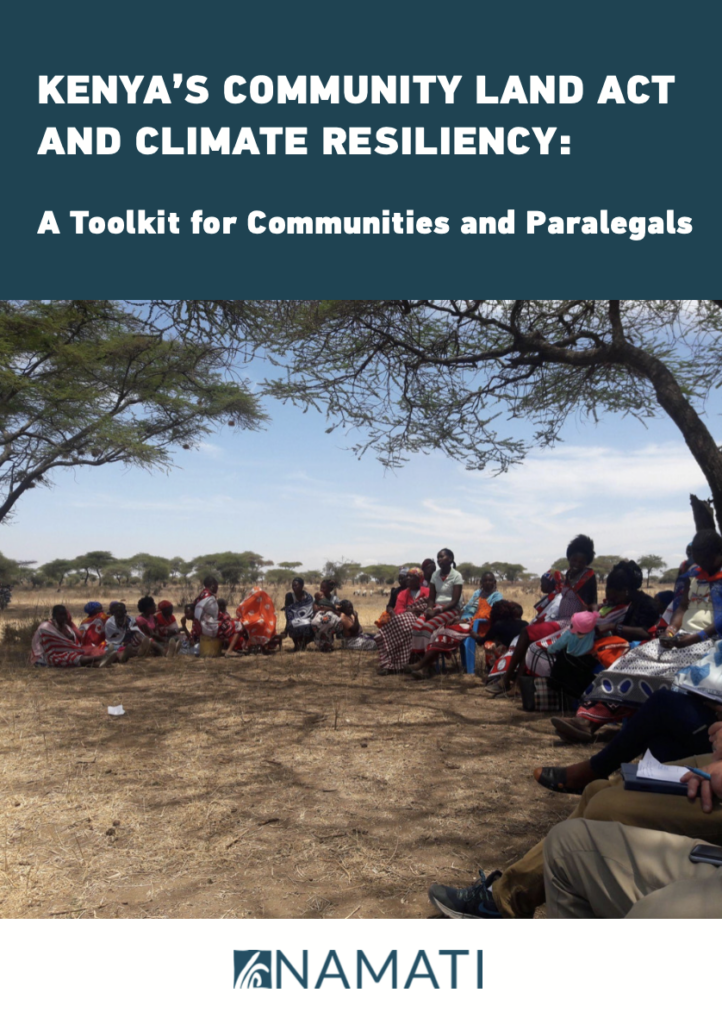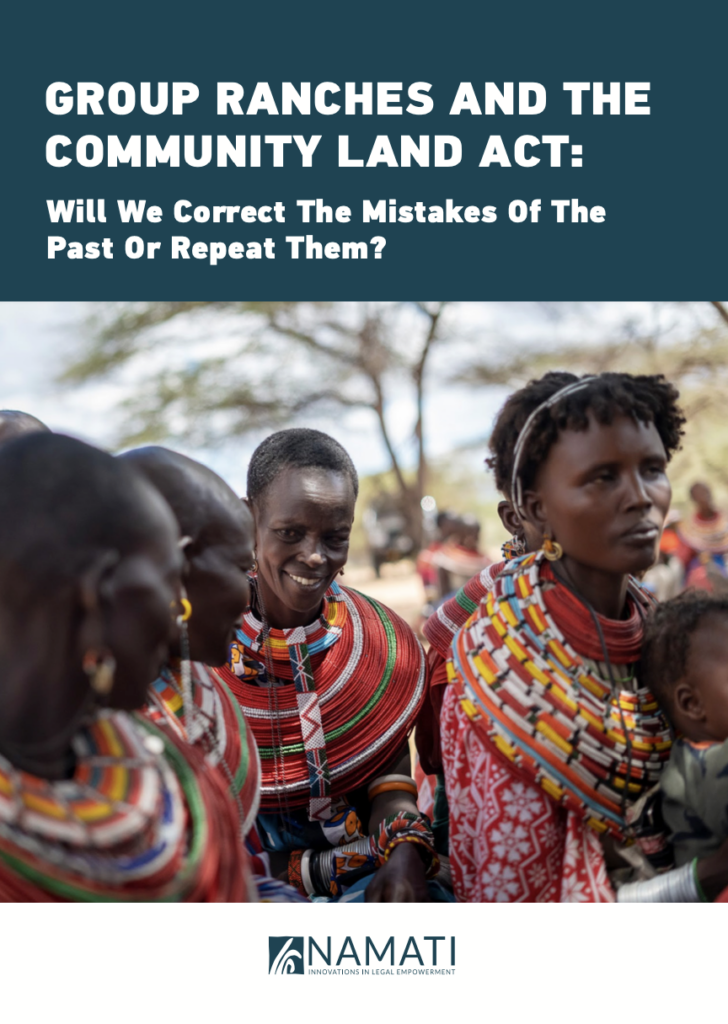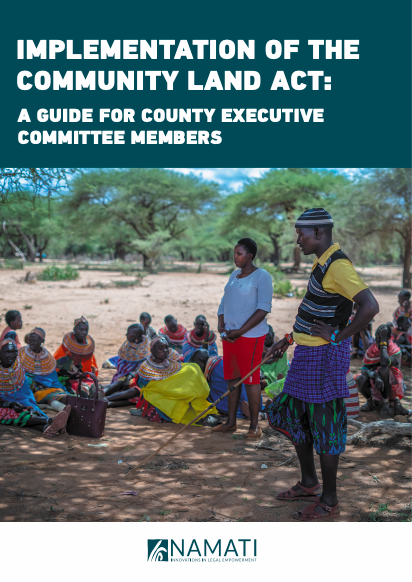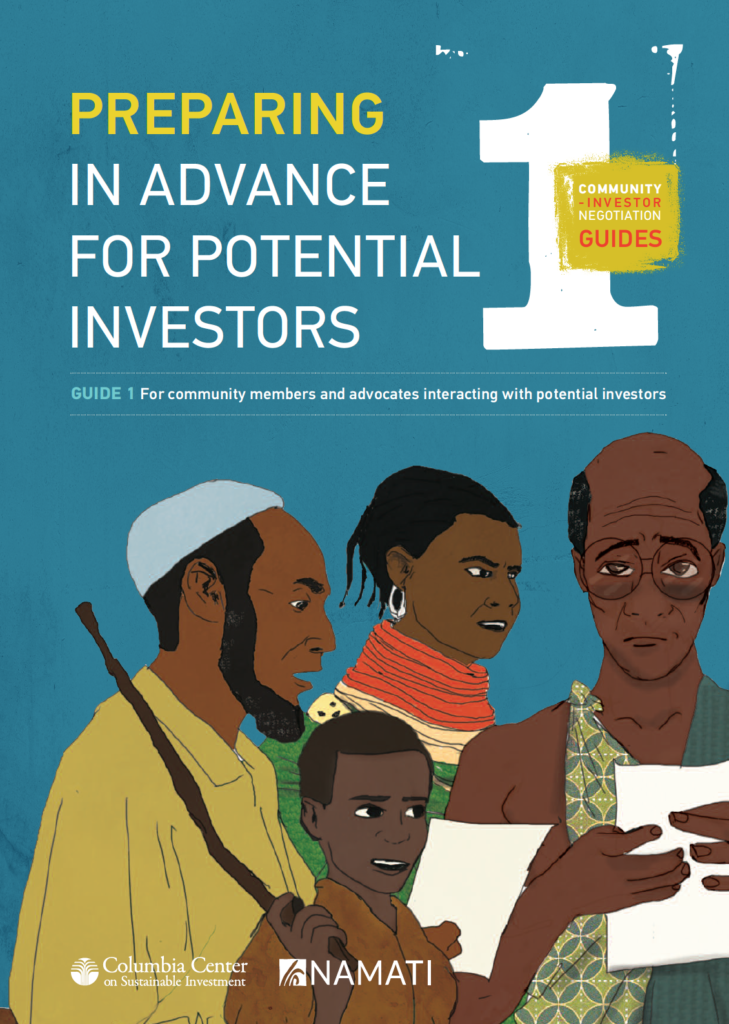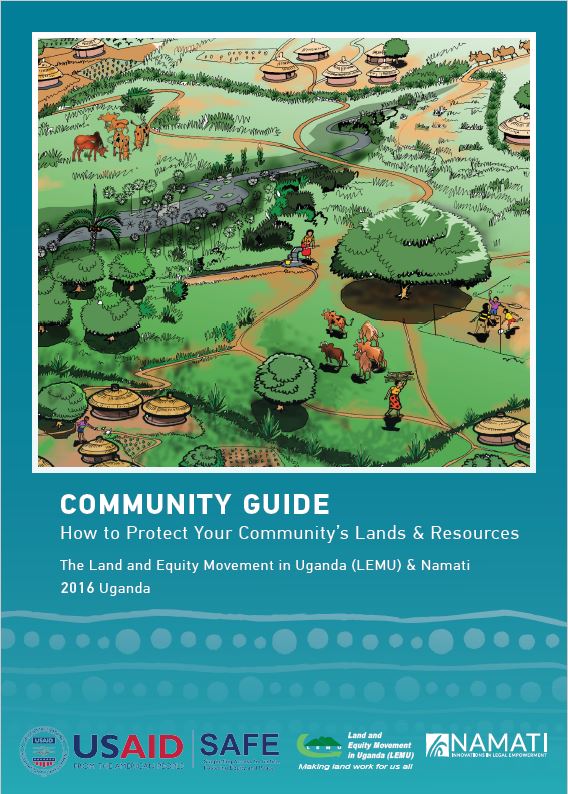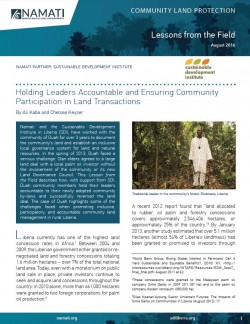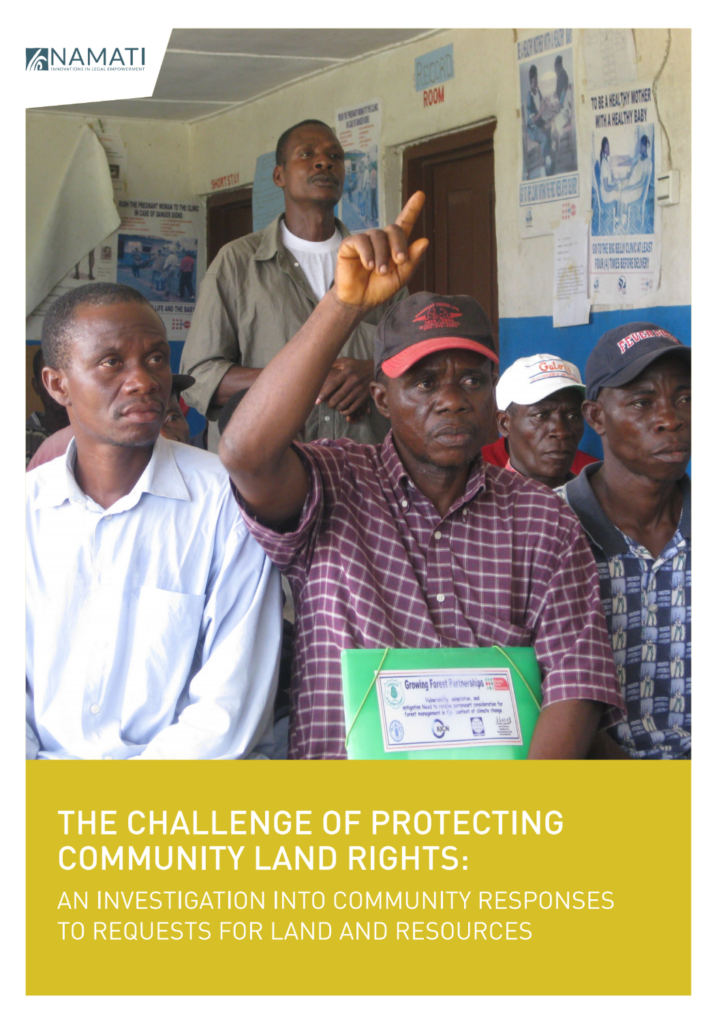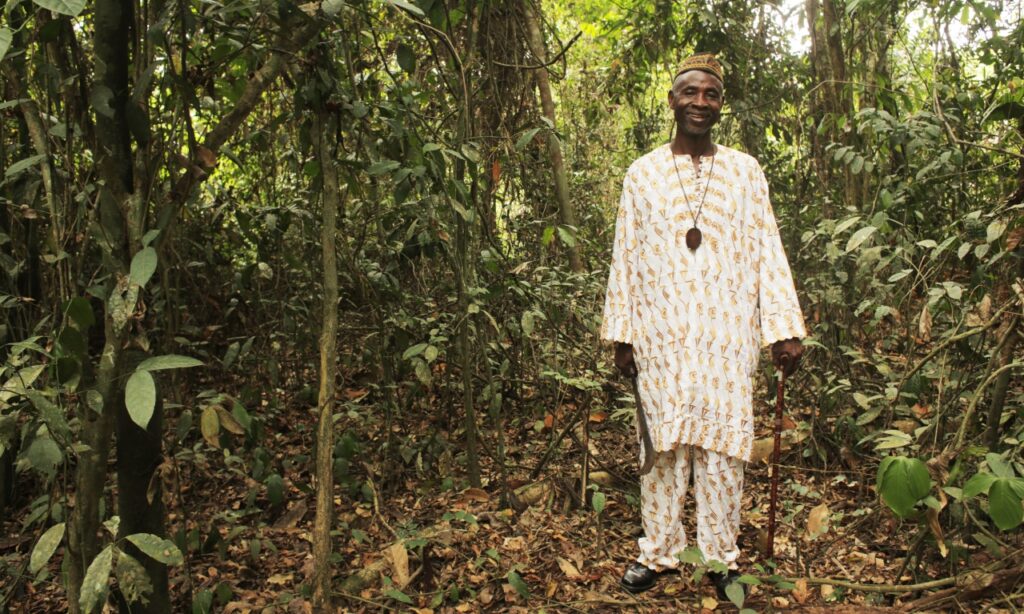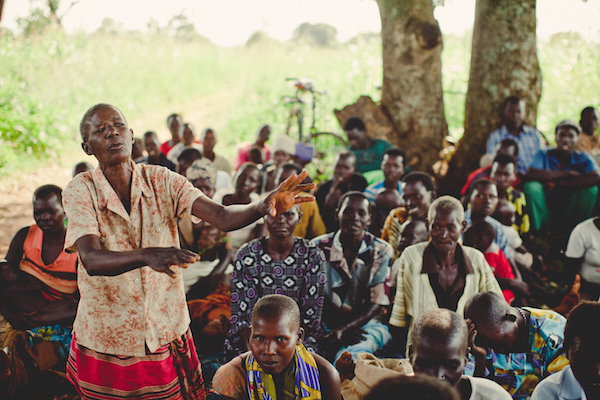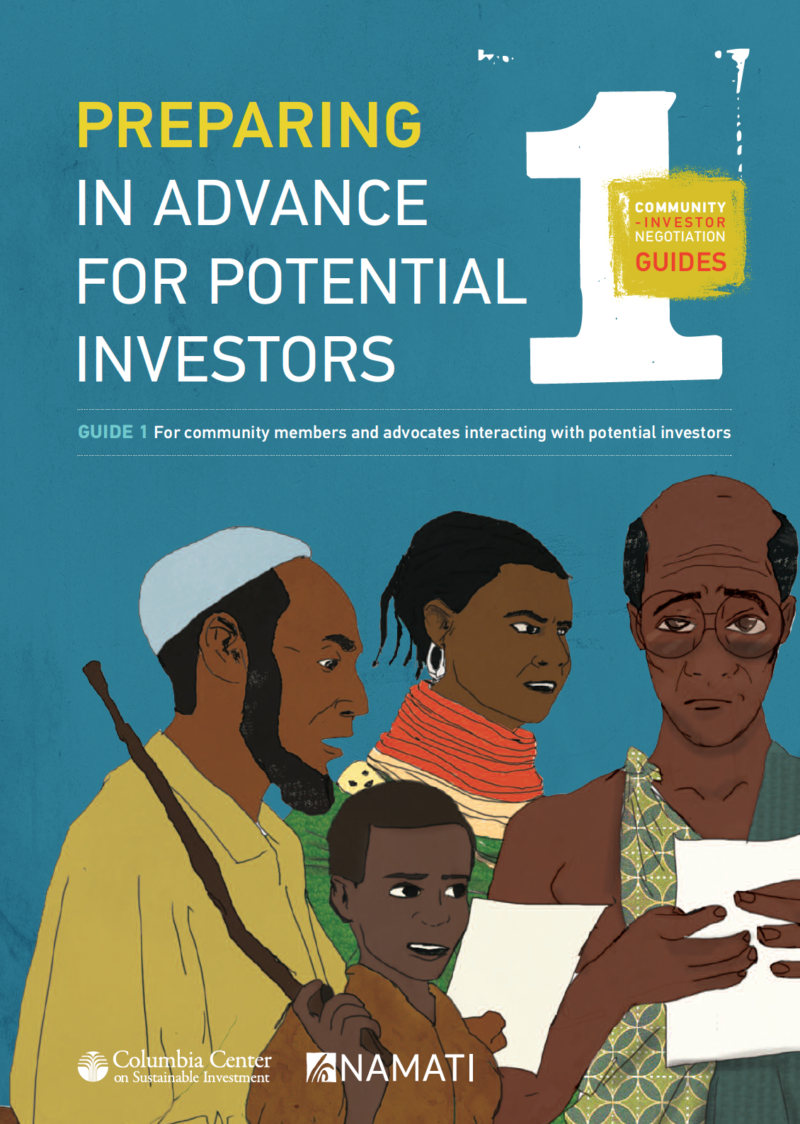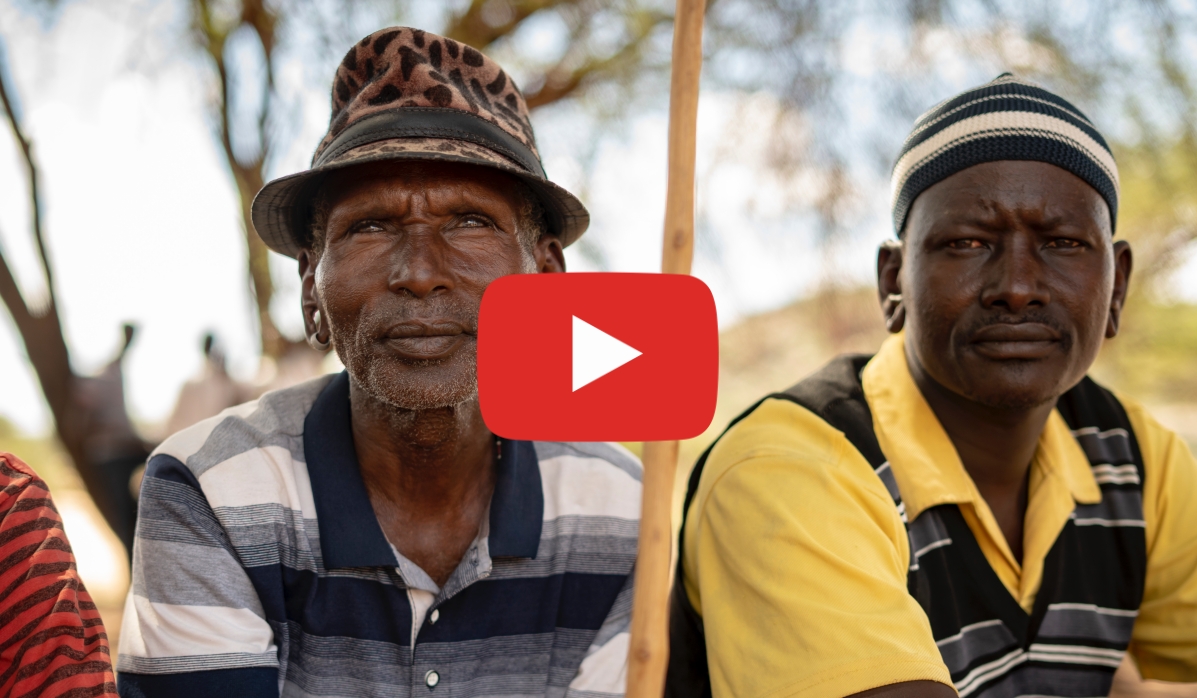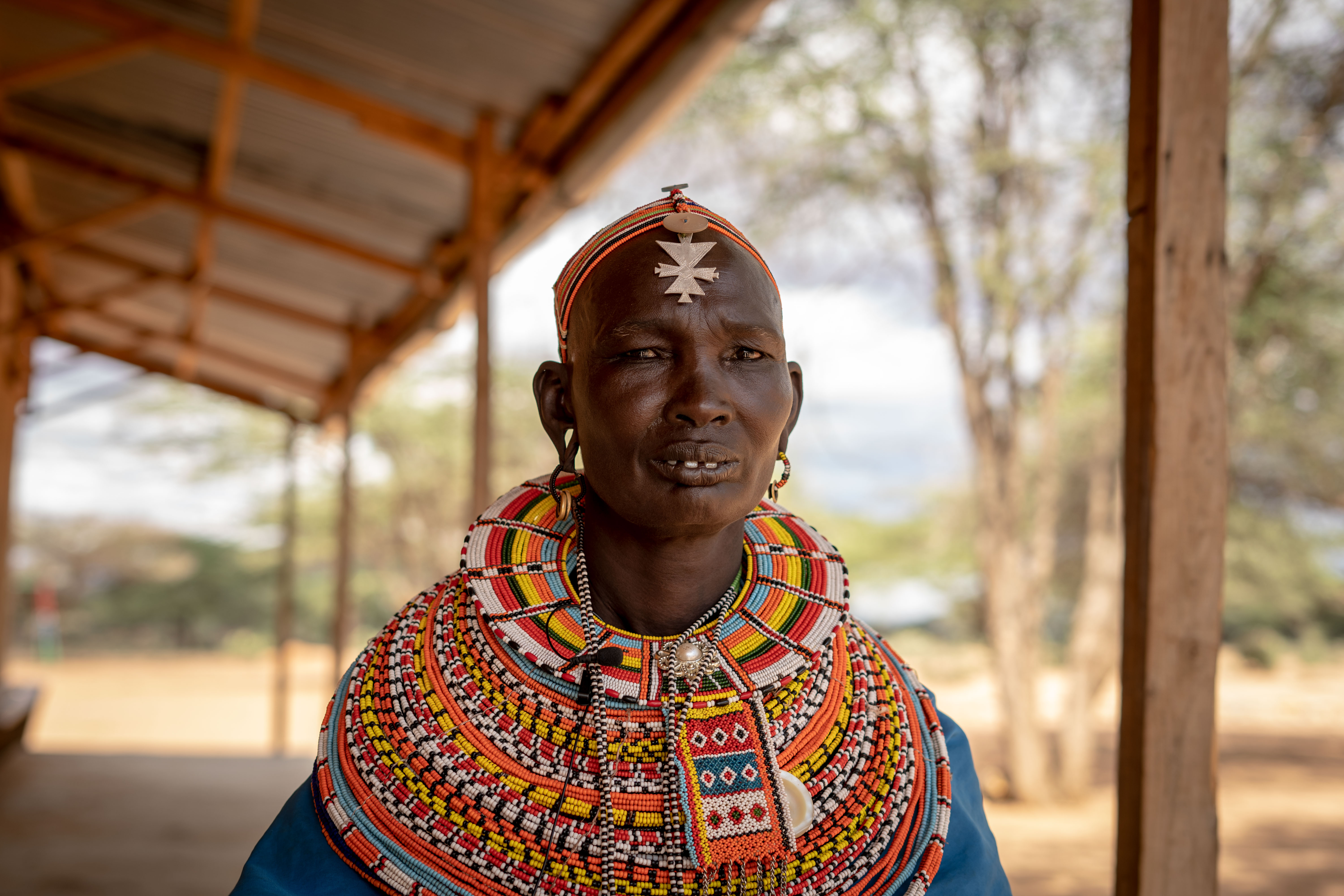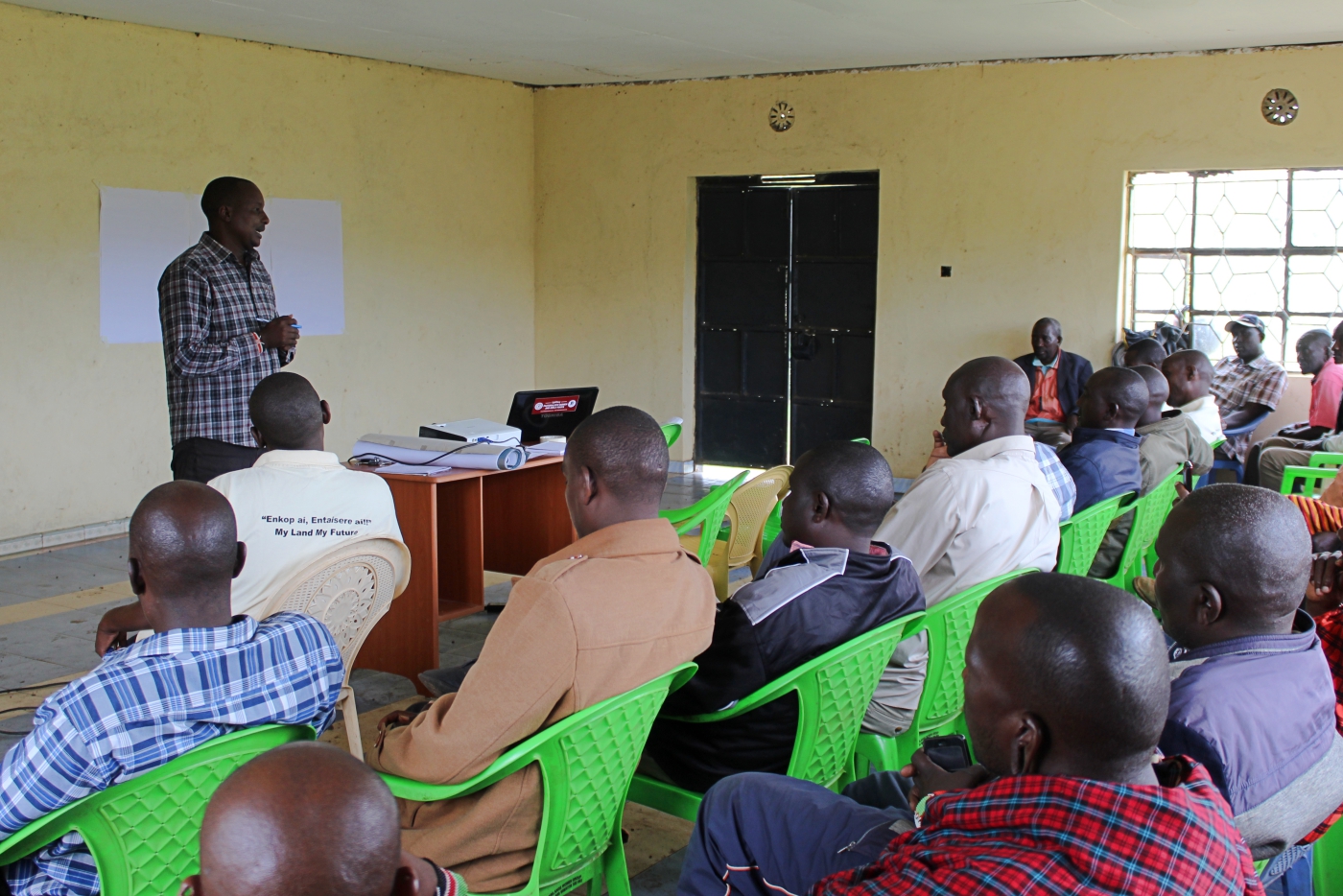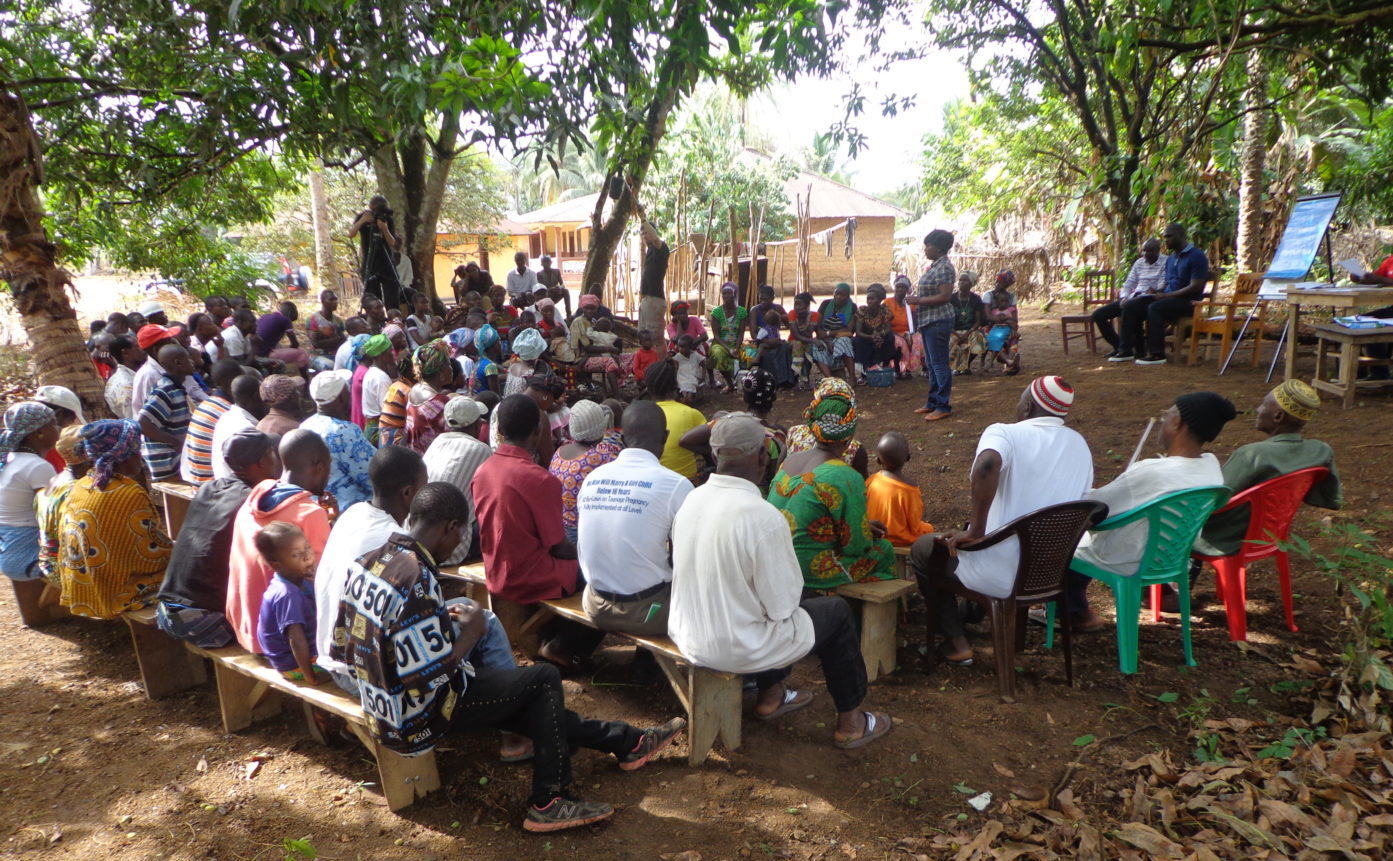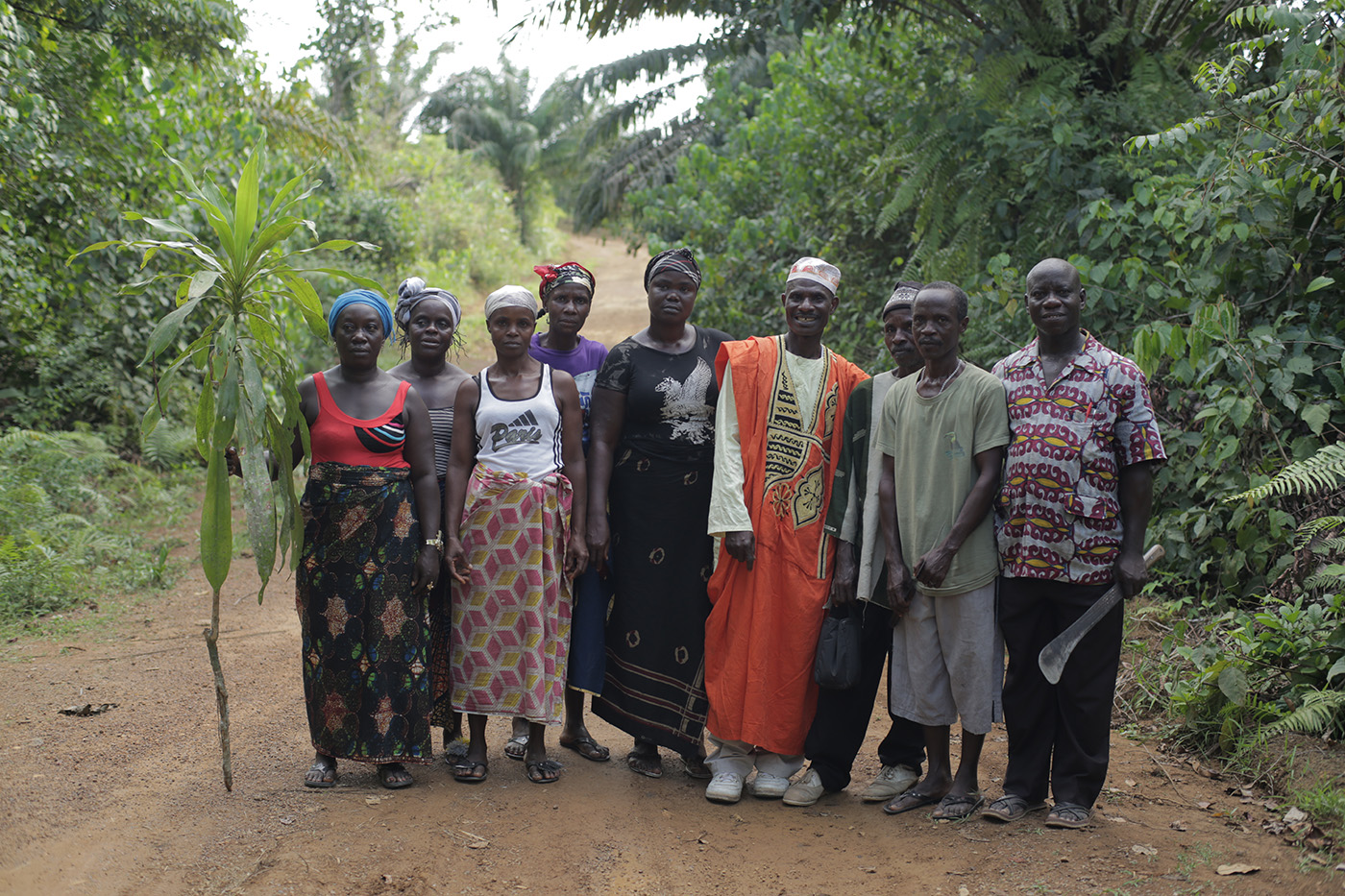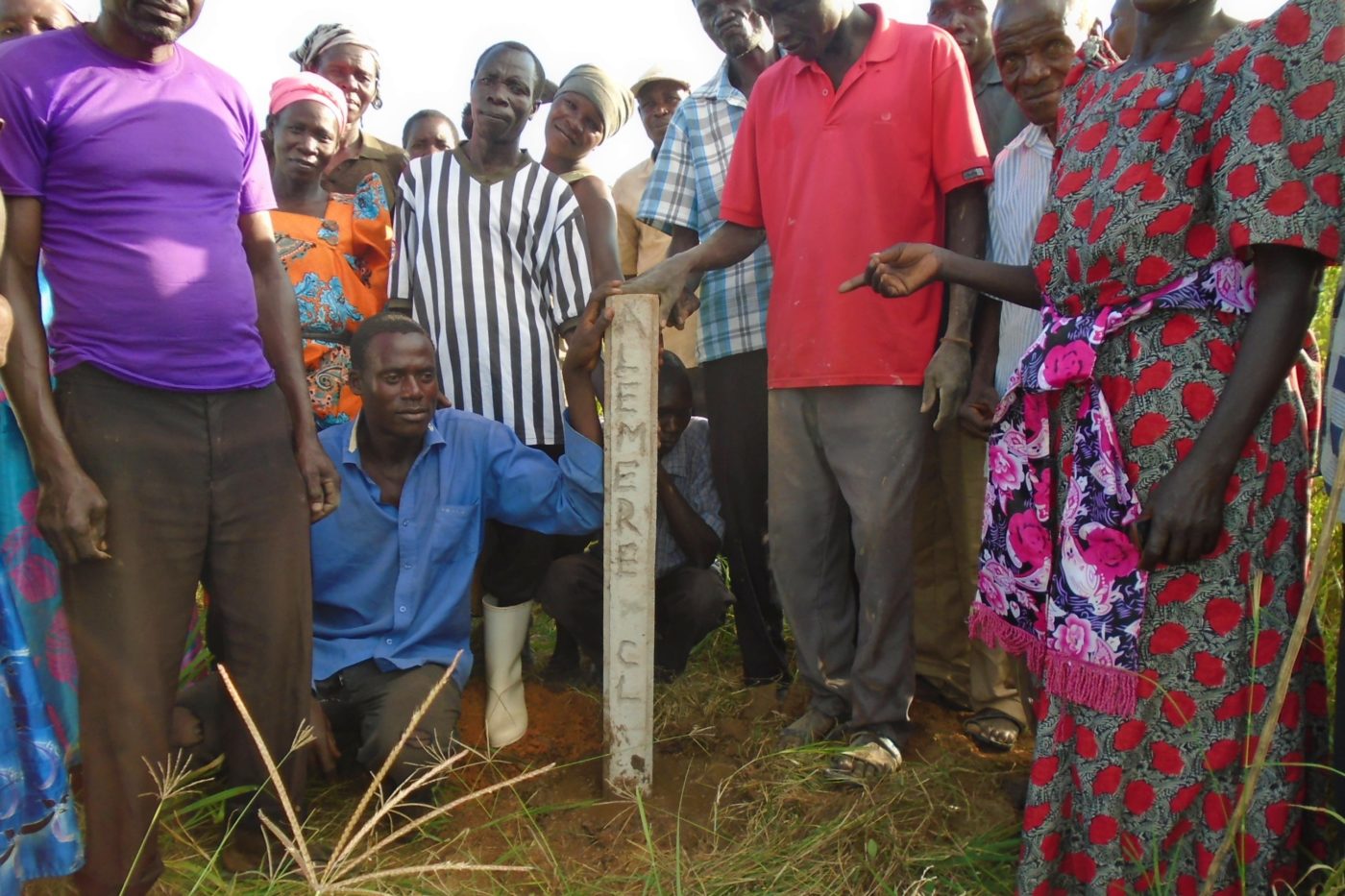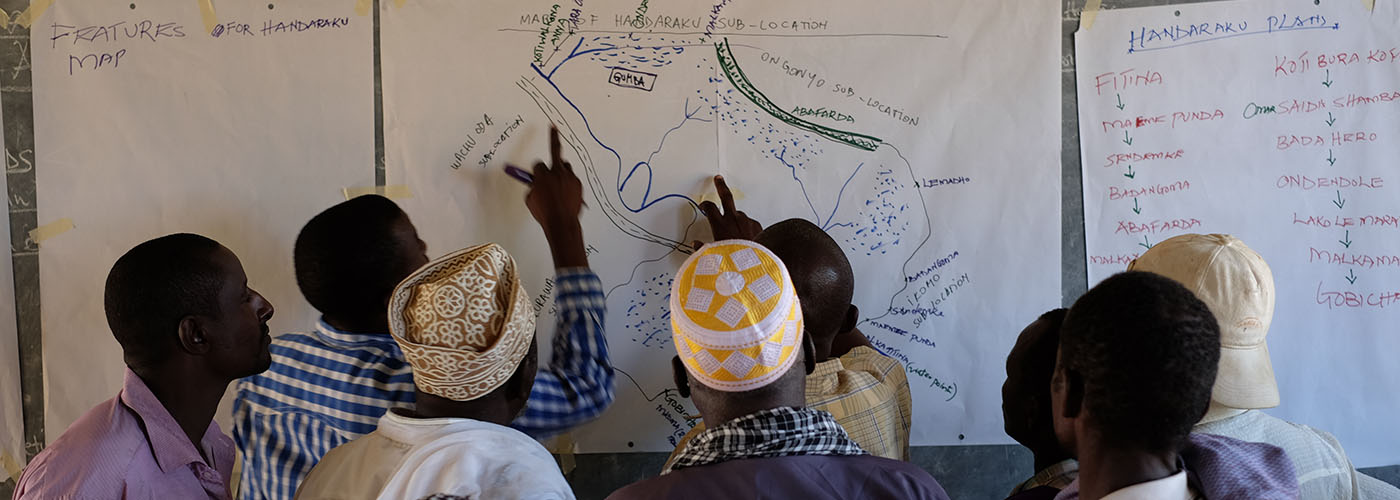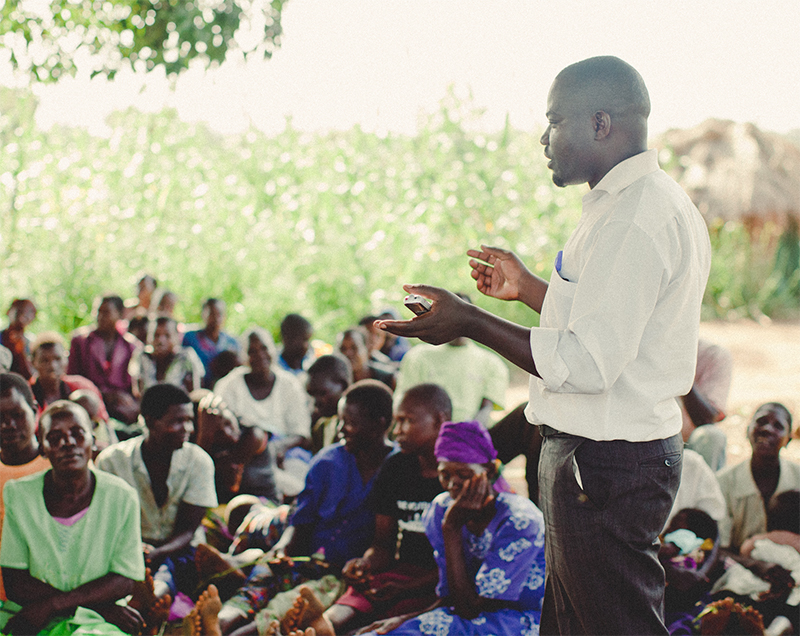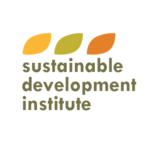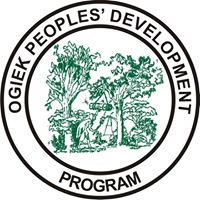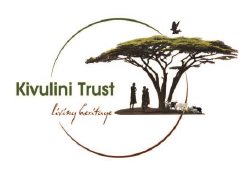The Challenge
At least 60% of Kenya’s landmass is community lands, endowed with rich biodiversity and natural resources. Stewarding these lands is a source of identity and livelihood for over 6 million Kenyans. They are also among the most vulnerable to the impact of climate change.
The passing of the Community Land Act in 2016 marked a historic milestone. For the first time in the country’s history, Indigenous and Local communities can secure legal rights to govern the lands and natural resources that they depend on.
Yet the Kenyan government has been slow to implement the law it enacted. As a result, communities live with a constant growing risk of their land being grabbed by companies, local elites, and the government. Women are often disproportionately affected when community lands are lost.
Our Solution
Namati and our partners support communities like Isiolo, Marsabit, Samburu, Laikipia, and Tana River Counties to combine the power of law and the power of organizing. With help from community paralegals, communities know, use, and shape the law to protect their rights and the health of the environment.
Our work spans across three key moments:
Moment 1: Strengthening governance and securing land rights before an outside investor arrives: Paralegals support communities to fulfill the requirements under the Community Land Act to register their land. This work involves preparing a register of community members, electing the Community Land Management Committee (a local land governance structure) with at least 30% women representation, drafting bylaws that (among other things) promote climate-resilient land management, harmonizing boundaries with neighboring communities, and applying for a land title.
Moment 2: Setting the terms of investment through collective bargaining: Paralegals work hand in hand with communities to secure fair agreements that include strong protections against harm to local livelihoods and ecosystems.
Moment 3: Enforcing the terms of investment: Getting a fair deal is only half the battle — any conditions have to be actively monitored and enforced. Paralegals support communities to take part in the enforcement of investment terms and, if necessary, help communities secure remedies.
Across the three key moments, local problem solving is only the beginning. Communities and paralegals draw on the leadership and learning that emerge from grassroots struggles to push for more effective, more responsive laws and systems that can benefit thousands of communities.

